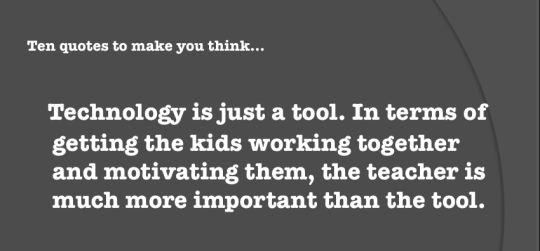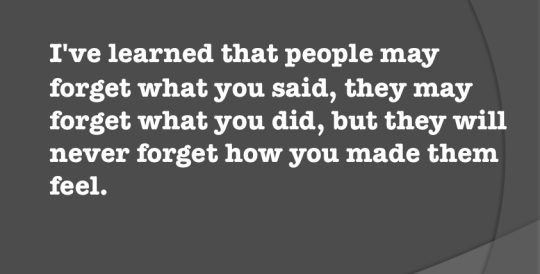Easy
English news reading and listening is used in the first two levels.
Level 1 Beginners
If you are a beginner, this level is for you. Sometimes you will have to use a dictionary when you read the news in this level. But after some time your reading skills at this level can be very good. If you are a teacher, you can use even these very simple texts for you reading and listening activities. See more in the
For Teachers section.
Level 2 Intermediate
Intermediate student is a student who can communicate in simple English words. You usually studied three or five years. Sometimes you studied more years but you didn't use English and you forgot some words. When you don't understand words in this level, please use a dictionary. When you read short news every day, after some time it will be easier for you and you will understand many easy English articles. But when reading English at this level is very difficult for you, try to read stories in Level 1 for some time. When you understand basic English in Level 1 very well, go to Level 2.
Level 3 Advanced
Advanced student is a student who can communicate about everyday things in English. You usually studied six or more years. Your reading skills and listening skills are very high. You understand a lot but not all. The short news can help you listen to English online. We try to choose articles which have words which are used very often in everyday English. When you know English words from this level very well, you can speak with everybody without big problems. When you understand everything in this level of English, you should be able to understand almost all native speakers.
When you understand everything in one level, it is time to go one level up.
English news at a new level will be difficult at the beginning but with some practice you will understand more and more. When you use English news every day, after some time, usually three months, you can understand everything in the level. Have fun and learn fast.
Example of a story in three levels
We offer one short story in three levels. Every level of English has different words. For
Level 1 and
Level 2, we use basic English which people use very often.
Level 3 has no limits. All English words and grammar are used in Level 3. Here is an example of news in three levels of English:
Level 1 Beginners
There was a horrible moment for a young girl. Children gave food to animals at Seaworld. One dolphin took a fish together with the girl’s hand. Dolphins are friendly and intelligent but the girl’s parents didn’t like what the dolphin did. The parents wanted to show this video to other people. They wanted to give information about it. It can be dangerous to give food to animals. The girl had some small problems with her hand. People from Seaworld said that workers at Seaworld saw what the dolphin did. They came quickly and helped the young girl.
Level 2 Intermediate
There was a shocking moment for a young girl. Children were feeding sea animals at Seaworld when one dolphin took a fish together with the girl’s arm. Dolphins are known for being friendly and intelligent but the girl’s parents weren’t happy about the dolphin’s behaviour. The parents wanted to share this video so others can make a decision about the risks connected with such activity. The girl was injured but the injuries weren’t very bad. Seaworld officials said that animal care staff were at the attraction when this happened and immediately responded and helped the young girl.
Level 3 Advanced
That was the shocking moment. A dolphin attacked a young girl who was feeding a pod of sea creatures along with the children at Seaworld in Orlando. Dolphins are known for being friendly and intelligent but this attack shows another side to the animal. This girl’s parents state on the video, “We wanted to share this video so others can make an informed decision about whether or not the risks at yourself or your child are worth the experience.” Bite marks and bruises on her hand were the visible scars. Her parents say they are thankful the injuries weren’t worse. Seaworld officials said, “Educators and animal care staff were at the attraction when this happened and immediately connected with the family. A member of our health services team was in the area at dolphin cove and quickly responded and treated the young girl.”
LINK: http://www.newsinlevels.com/






















